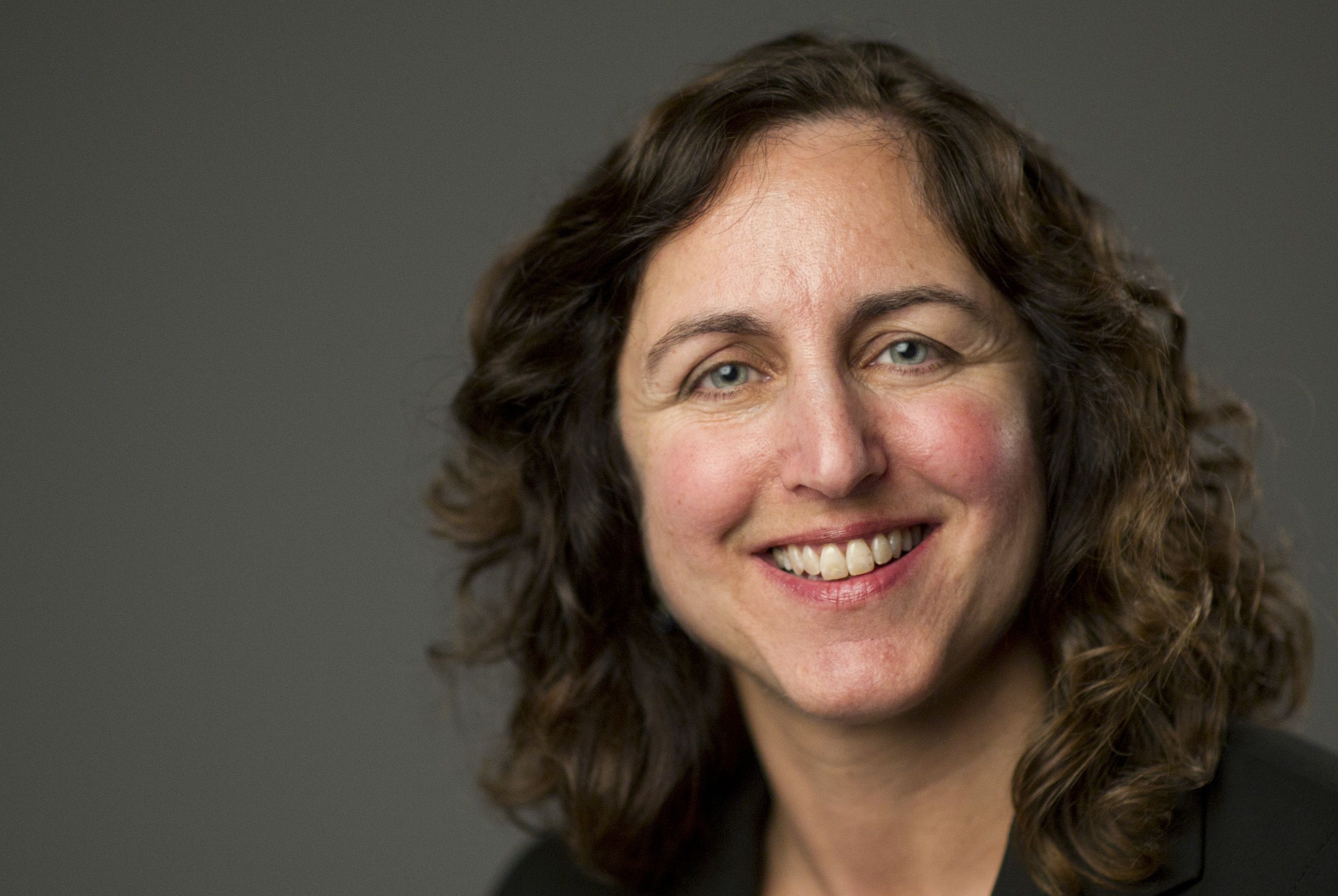Little unveils tax-cut proposals
Idaho Lt. Gov. Brad Little released a series of tax-cut proposals today that he said he’d enact if he’s elected governor next year – topped by a $350 million cut in Idaho’s personal and corporate income taxes.
That big cut would come over time, Little explained in an interview, with 1/10 of a percentage point cut from the rates each year that state revenues come in strongly enough to cover the $28 million cost, and still “fulfill our commitment to education.” In years when revenues couldn’t cover both, he said, he’d hold off.
If the personal and corporate income tax rates were reduced by 1/10 of a percentage point every year, it would take 12.5 years to add up to $350 million. At that point, Idaho’s top personal and corporate income tax rate would have dropped from the current 7.4 percent to roughly 6.15 percent, by my calculations.
“We’d get in the sixes in four years,” Little said. “With this year’s growth, it looks like you could take 2/10 off. But you’ve got to have an agreement on education, and you’ve got to have an agreement with the Legislature. If I was governor, I’d start talking to leadership, particularly in the House where the tax bills come from, and then I’d roll it out at the Associated Taxpayers.”
The Associated Taxpayers of Idaho’s annual conference is held in December each year, and traditionally is a run-up to the legislative session that’s attended by many legislators, state and local government officials, business people and lobbyists. It’s not unprecedented for major tax proposals or concepts to be unveiled there.
Asked if his $350 million tax-cut proposal is a way to one-up rival GOP candidate Tommy Ahlquist’s proposal for a $100 million cut to the state budget in his first 100 days in office, Little said, “It would be much more strategic, in the fact that it would be tied to the revenue coming in.” The Legislature would ultimately decide on tax rates, Little said. “This would be one that would be rolled out early, that I would work to get consensus on amongst the governing bodies, instead of this back-and-forth and then kind of a crisis at the end of the session. This would be a plan that you’d have going forward.”
He noted that in recent years, the House, the Senate, and the governor all have had various plans to trim Idaho’s income tax rates, but there’s been no agreement.
Little said when U.S. House Speaker Paul Ryan was in Boise for a recent fundraiser, he talked about eliminating the deductibility of state and local income taxes from federal income taxes as part of potential federal tax reforms. “That is an even bigger impetus for us to get those rates down to where we’re competitive with other states,” Little said, “because there’s a compounding effect to having the deductible at the federal level.”
“I’m interested in what the barriers are to people keeping more of their own money and growing income,” Little said.
The other tax-cut proposals on the list Little released today include:
- Eliminating the sales tax from groceries. Legislation that passed this year but was vetoed by Gov. Butch Otter would have eliminated both the tax and the current grocery tax credit, for a net annual reduction in state revenue of about $79 million.
- Cutting unemployment tax to save Idaho businesses $100 million over three years. This proposal was advocated by Otter this year, but it got caught up in other tax politics and didn’t pass, though it has no impact on the general fund.
- Increasing the personal property tax exemption for business property from the current $100,000 per county to $250,000 per county.
- Allowing counties, at their option, to fully or partially eliminate the remaining personal property taxes they collect for business property.
Little also called for requiring that all new tax exemptions be linked to proportional reductions in state spending.
His proposals today were billed as Phase 2 of his “Idaho Grown Jobs Plan.” Phase 1, announced on July 26, focused on health care, the economy and regulation. Little said Phase 3, which is still to come, will focus on infrastructure and education.
Little appeared earlier today with both his major GOP rivals for governor in 2018, Ahlquist and 1st District Rep. Raul Labrador, at a forum at the Idaho Falls City Club. The three have been actively campaigning around the state.
No major Democratic candidate has yet announced, but a total of 11 candidates have now filed initial paperwork to run for the set, including three independents, one Democrat, and seven Republicans. Among the seven Republicans, three were recruited to run by perennial candidate Lisa Marie; Marie also is running.
